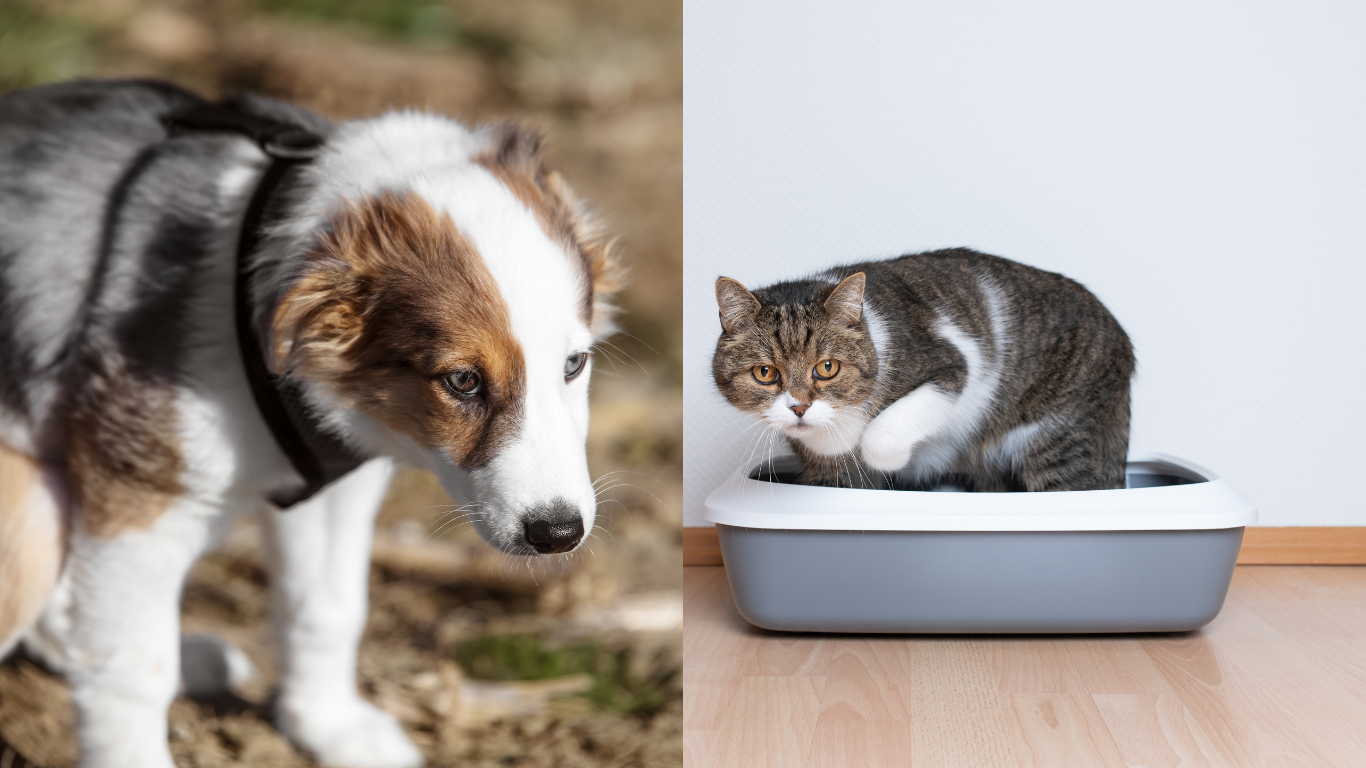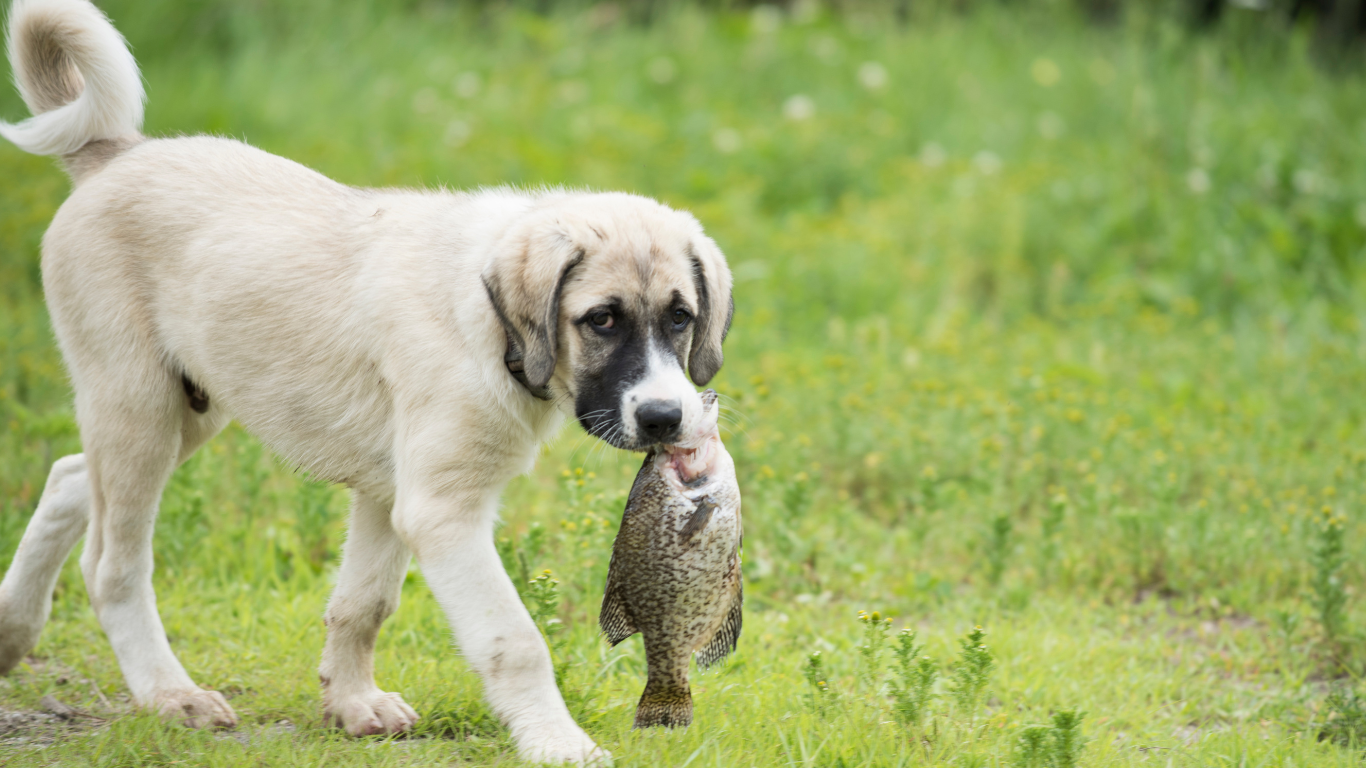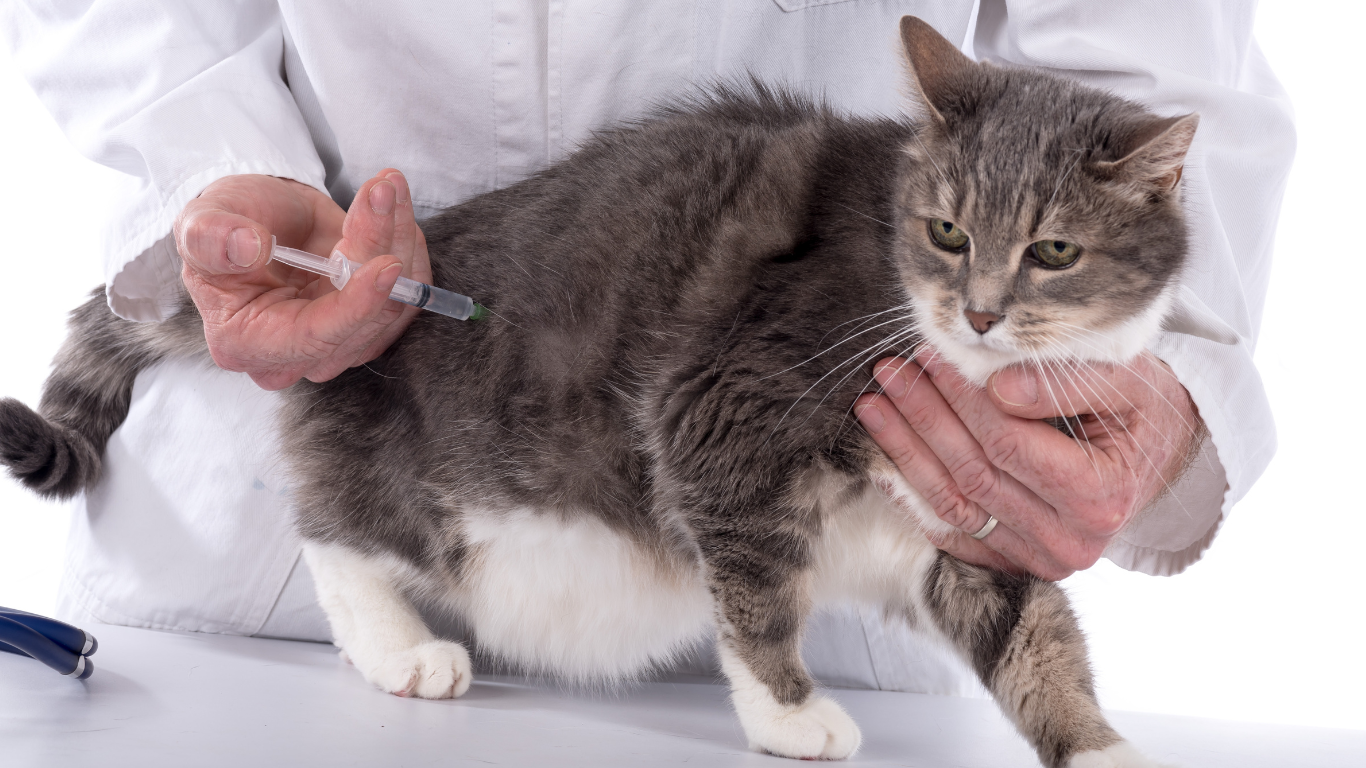Veterinarian Dr. Karin Schlotterbeck explains:

Not only in the intestines of humans, but also in those of our animals, there are many small organisms that fulfill some important functions. You can read in this article why you should always keep your pet's intestinal flora in balance.
How do dogs and cats digest?
The digestion of food begins in the mouth of dogs and cats by breaking up the food when chewing and soaking it with saliva. In the stomach, digestion is then continued by stomach acid, but also by bacteria. The “final breakdown” then takes place in the long small intestine, but also in the large intestine, and important food components are absorbed via the intestinal villi and then transported to the liver via the blood . A cross-check takes place there and only then do the nutrients enter the larger circulation.
Why do bacteria live in the intestines of dogs and cats?
In the course of evolution, a well-established relationship has developed between microorganisms and the host, a so-called symbiosis. The host, i.e. dogs and cats, provides a safe habitat and food for the bacteria. In return, dogs and cats benefit from their metabolic products in many ways.
How is the intestinal flora structured in dogs and cats?
The intestinal flora with its several million bacteria represents a complex ecosystem and is individual for every dog and cat, although the microbial composition in the individual stomach and intestinal sections (small and large intestine) also varies. It consists of a variety of bacteria, viruses, fungi and protozoa. Well-known species include Helicobacter pylori, Escherichia coli, Lactobacillus acidophilus, Candida albicans and Clostridium perfringens.
Why is the intestinal flora so important and how can it be improved?
Their composition is influenced by many internal and external factors. Feeding habits and the type and composition of the food play a role, as does the administration of prebiotics and probiotics and antibiotic therapies. Acute and chronic intestinal diseases as well as age and genetic components also play a role.
The intestinal flora in dogs and cats has many positive effects:
- it has a barrier function for pathogenic bacteria
- Certain intestinal bacteria (e.g. so-called clostridia) metabolize certain carbohydrates into certain fatty acids, which can then be used as an energy source for the host.
- it regulates intestinal motility (ability to move)
- it supports the growth of intestinal tissue
- it strengthens the immune system
- it improves the absorption of vital nutrients
- it increases the level of digestibility
- it improves the complexion
As you can see, your pet's intestinal flora can make a decisive contribution to their well-being and is essential for their health. That's why our veterinarian advises not to ignore these when caring for your animal.










